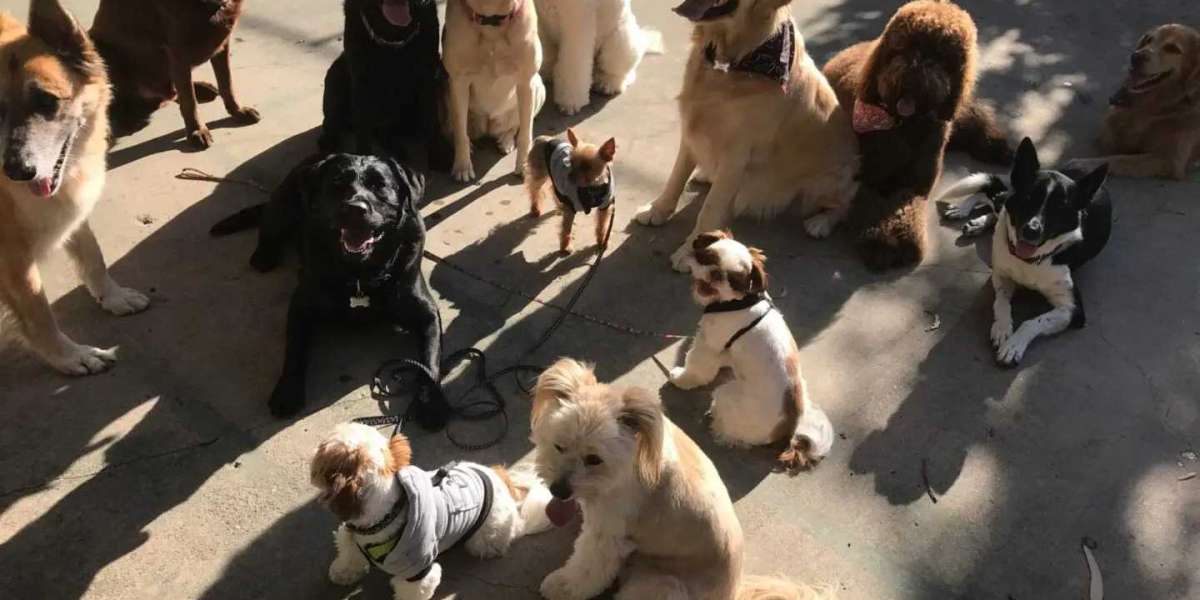As a dog trainer with over 25 years of experience, I’ve seen firsthand how food anxiety in dogs can cause distress for both the dog and their owners. It’s an issue that can lead to undesirable behaviors, such as resource guarding or reluctance to eat. However, with a combination of puppy training tips and a positive, science-based approach, food anxiety in dogs can be managed and resolved. This article will cover the causes, signs, and effective strategies to overcome food anxiety using a balanced training approach.
Understanding Food Anxiety in Dogs
Food anxiety in dogs can occur when a dog associates mealtime with fear, stress, or uncertainty. This can be caused by various factors, including past trauma, inconsistent feeding practices, or a lack of proper socialization during the puppy stage. Anxiety around food can manifest in several ways, including growling, food guarding, or refusal to eat.
Signs of Food Anxiety in Dogs
Some common signs that your dog may be experiencing food anxiety include:
- Growling, snapping, or showing aggression when someone approaches their food bowl
- Hesitation or refusal to eat
- Excessive licking, pawing, or circling the food bowl
- Obsessively guarding food from people or other animals
Recognizing these signs early can help you take action to address food anxiety in dogs before it becomes a more serious behavioral issue.
Effective Puppy Training Tips for Addressing Food Anxiety
Here are some helpful puppy training tips to resolve food anxiety:
- Create a Calm Feeding Environment: Set a calm, distraction-free space for your dog to eat. This will help reduce anxiety and make mealtime more enjoyable for your dog. Avoid loud noises or disruptions during feeding times.
- Gradual Desensitization: If your dog becomes anxious when you or other pets approach their food, use gradual desensitization. Start by allowing them to eat while you are in the room and gradually get closer while rewarding calm behavior. Over time, this will help reduce their fear of people near their food.
- Hand Feeding: For dogs with severe food anxiety, hand feeding can help build trust and reduce the fear associated with eating. This technique allows you to create positive associations with you being present during mealtime.
- Positive Reinforcement: Reward your dog for calm and appropriate behavior around food. This can be done with praise, treats, or playtime. Positive reinforcement encourages dogs to repeat the desired behavior.
Private Personalized Training for Food Anxiety
At my training facility in Rancho Palos Verdes, I offer private and personalized puppy/dog obedience and behavioral training tailored to each dog’s specific needs. Whether dealing with food anxiety in dogs or other behavioral challenges, I use a balanced and positive training approach. My methods focus on science-based techniques and a calm, consistent environment to resolve food anxiety.
Conclusion
Food anxiety in dogs can be effectively addressed with the right training techniques and a calm environment. By applying puppy training tips such as gradual desensitization, positive reinforcement, and hand feeding, you can help your dog feel more comfortable around food. If you're struggling with food anxiety or other behavioral issues, reach out to me for a personalized training program. Together, we can help your dog build confidence and overcome their food-related fears.

